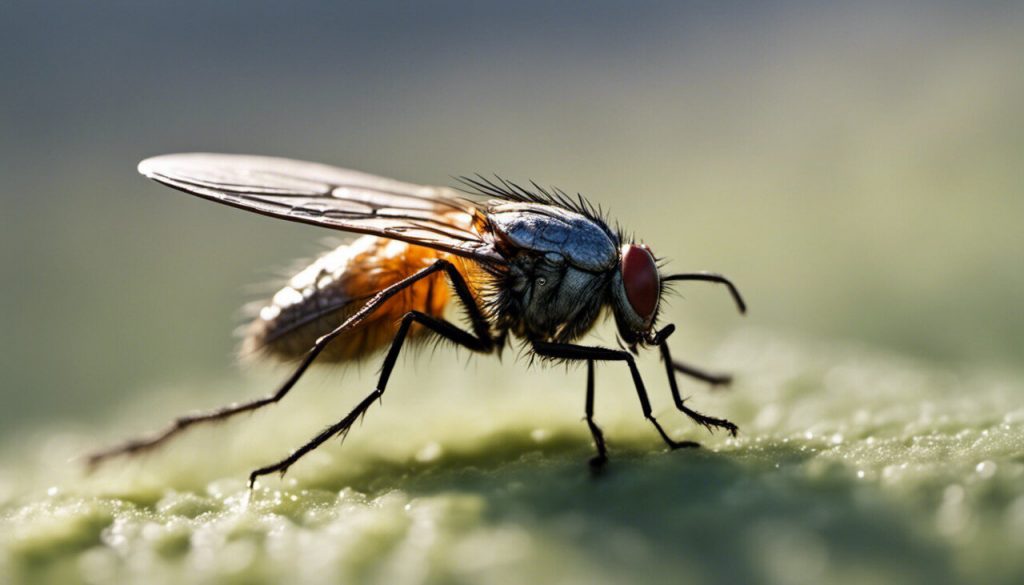Introduction: The fertility of tsetse flies, carriers of diseases like sleeping sickness in humans and nagana in cattle, has been found to be significantly impacted by just one heat wave event. Researchers from the University of Bristol and Stellenbosch University in South Africa conducted a study revealing the detrimental effects of heat waves on both male and female tsetse fly fertility. The findings, published in Proceedings of the Royal Society B, shed light on the potential consequences of climate change-induced heat waves on insect populations and disease transmission dynamics.
Heat Wave Effects on Tsetse Fly Fertility: The study demonstrated that a single burst of hot weather adversely affected the fertility of both female and male tsetse flies. Surprisingly, the offspring of heat-exposed parents also exhibited altered sex ratios, with more daughters being born than sons. These findings underscore the vulnerability of tsetse fly populations to climate variability and highlight the cascading effects of heat waves on insect reproduction and population dynamics.
Implications for Disease Spread: The decline of tsetse fly populations in certain regions of Africa has raised concerns about the transmission of diseases they carry, such as sleeping sickness and nagana. The study’s lead author, Dr. Hester Weaving, emphasized that heat waves can disrupt the delicate balance of tsetse fly populations, potentially leading to declines that have far-reaching implications for disease transmission. As climate change continues to exacerbate the frequency and intensity of heat waves, the risk of disease outbreaks may escalate, posing significant challenges for public health and livestock management.
Insights into Insect Fertility Response to Heat Stress: While it is known that heat stress can affect fertility in many animal species, the study’s findings challenge conventional assumptions about temperature sensitivity in insects. Typically, male fertility is thought to be more susceptible to heat stress than female fertility. However, the researchers found that both male and female tsetse flies experienced reduced fertility following a heat wave event. This unexpected outcome highlights the complexity of insect responses to environmental stressors and underscores the need for further research to elucidate the mechanisms underlying heat-induced fertility disruptions.
Implications for Climate Change Adaptation: Dr. Sinead English, senior author of the study, emphasized the importance of understanding how climate change will impact disease-carrying insects like tsetse flies. The findings suggest that current models may underestimate the vulnerability of insect populations to heat waves, necessitating a reevaluation of climate change adaptation strategies. As heat waves become more frequent and severe, efforts to mitigate their effects on insect populations must be prioritized to safeguard public health and ecosystem stability.
The study’s findings highlight the profound impact of heat waves on tsetse fly fertility and population dynamics, with potential implications for disease transmission and ecosystem health. By elucidating the mechanisms underlying heat-induced fertility disruptions in insects, researchers can better predict and mitigate the consequences of climate change on insect populations and disease spread. Moving forward, interdisciplinary efforts are needed to develop effective strategies for climate change adaptation and disease management in a rapidly warming world.
